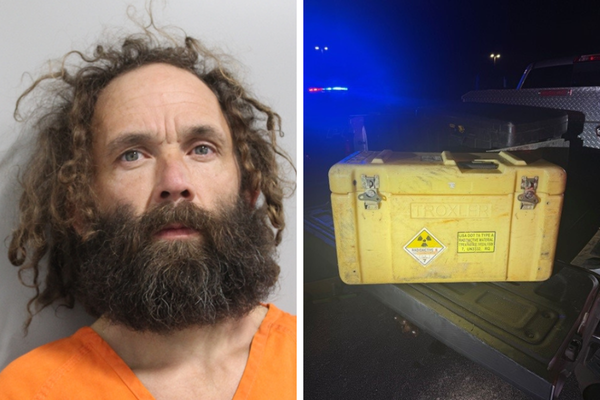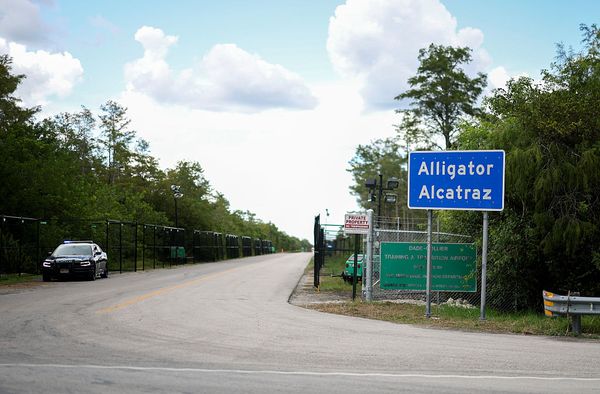Stretching out to the horizon in front of Palestinian father of two Said is a breathtaking level of destruction few can imagine. The apartment buildings in this north Gaza city are so eviscerated that they have been reduced to dust. It is hard to even call it rubble – it looks like ash.
“This is the location of our home. Nothing is visible,” Said says, pointing to an indiscernible mountain of grey, with a deadness in his voice. “Wiped out. Evaporated. It is as if there were never a house here at all.”
As soon as the US-brokered ceasefire between Israel and Hamas went into effect at noon Friday, Said, 34, was among the first to take the deadly risk of marching north to find his home. Displaced countless times since the start of Israel’s two-year bombardment and siege on Gaza, he had hoped to at least recover some precious items, like photos, from his home.
“When I came back today I expected my home to be a collapsed building that we could retrieve belongings from,” he tells The Independent, sending videos and photos of the scene.
“But everything has been razed to the ground. There is nothing even to salvage, nothing is usable. Piles of rubble stretch as far as the eye can see.”
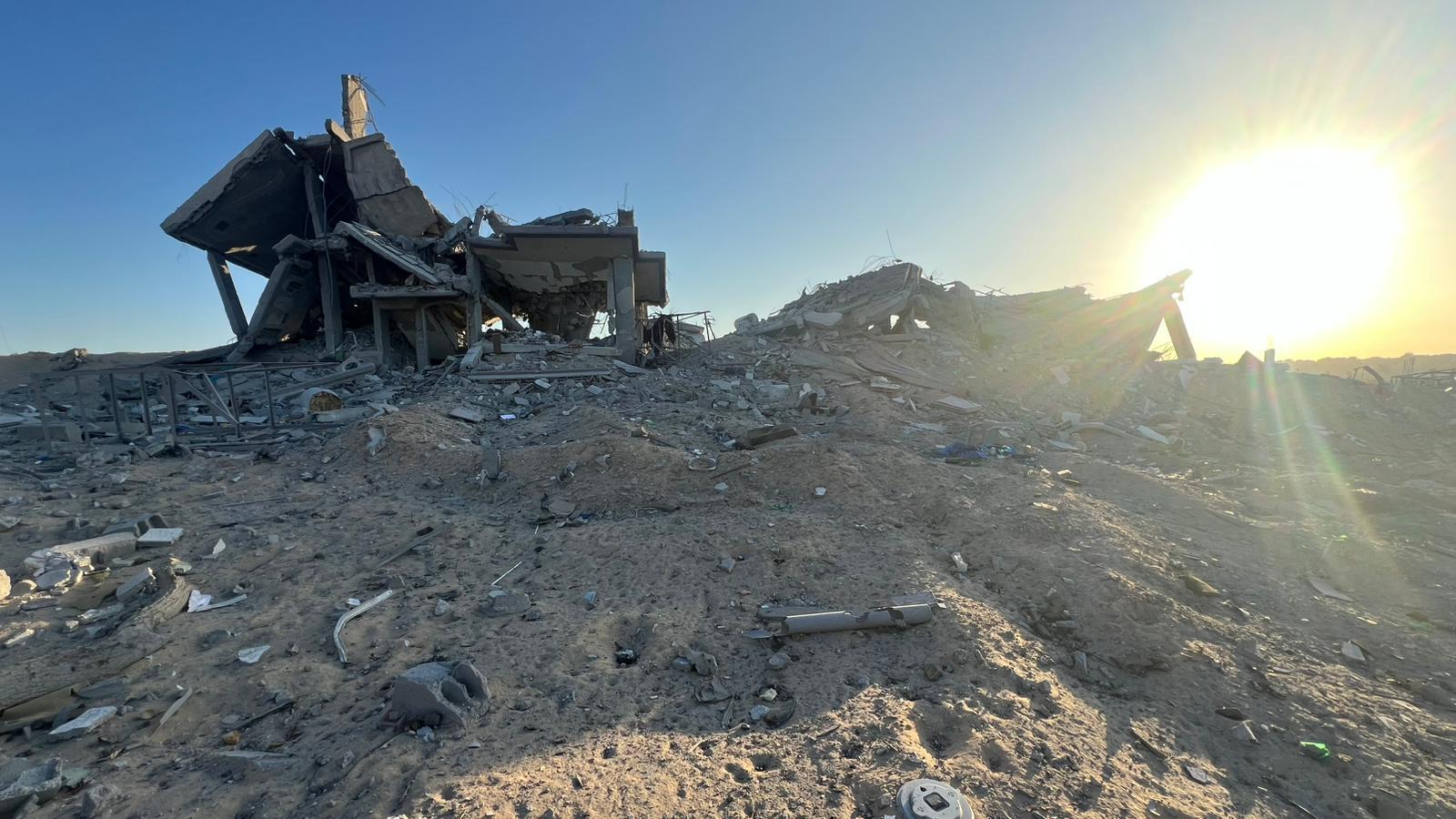
This is Beit Lahia, in the far north of Gaza – one of the most heavily destroyed areas of the blasted, besieged enclave. From inside a Jordanian aid plane above Gaza, The Independent filmed the destruction wreaked on these exact neighbourhoods by Israeli forces. The entire area resembles Said’s street: reduced to the bottom of an ashen fire pit.
More than 90 per cent of homes in Gaza have been damaged or destroyed, the United Nations said earlier this year. A joint assessment by the UN, European Union and World Bank estimated it will cost more than $53bn to recover and rebuild the strip.
That process will take decades, even generations. Last year, the UN Conference on Trade and Development said even if the war stops, if Gaza remains under an Israeli blockade, it could take a staggering 350 years for its battered economy to return to pre-war levels.
And that was before Benjamin Netanyahu’s latest offensive, which focused on Gaza City, the most populous and heavily built-up area. This is the reality, as a ceasefire kicks in, that Palestinian families are now facing.
Israel launched an unprecedented bombardment and siege on Gaza in the aftermath of Hamas’s 7 October bloody attacks on southern Israel where, according to Israeli estimates, more than 1,100 people were killed and 250 taken hostage.
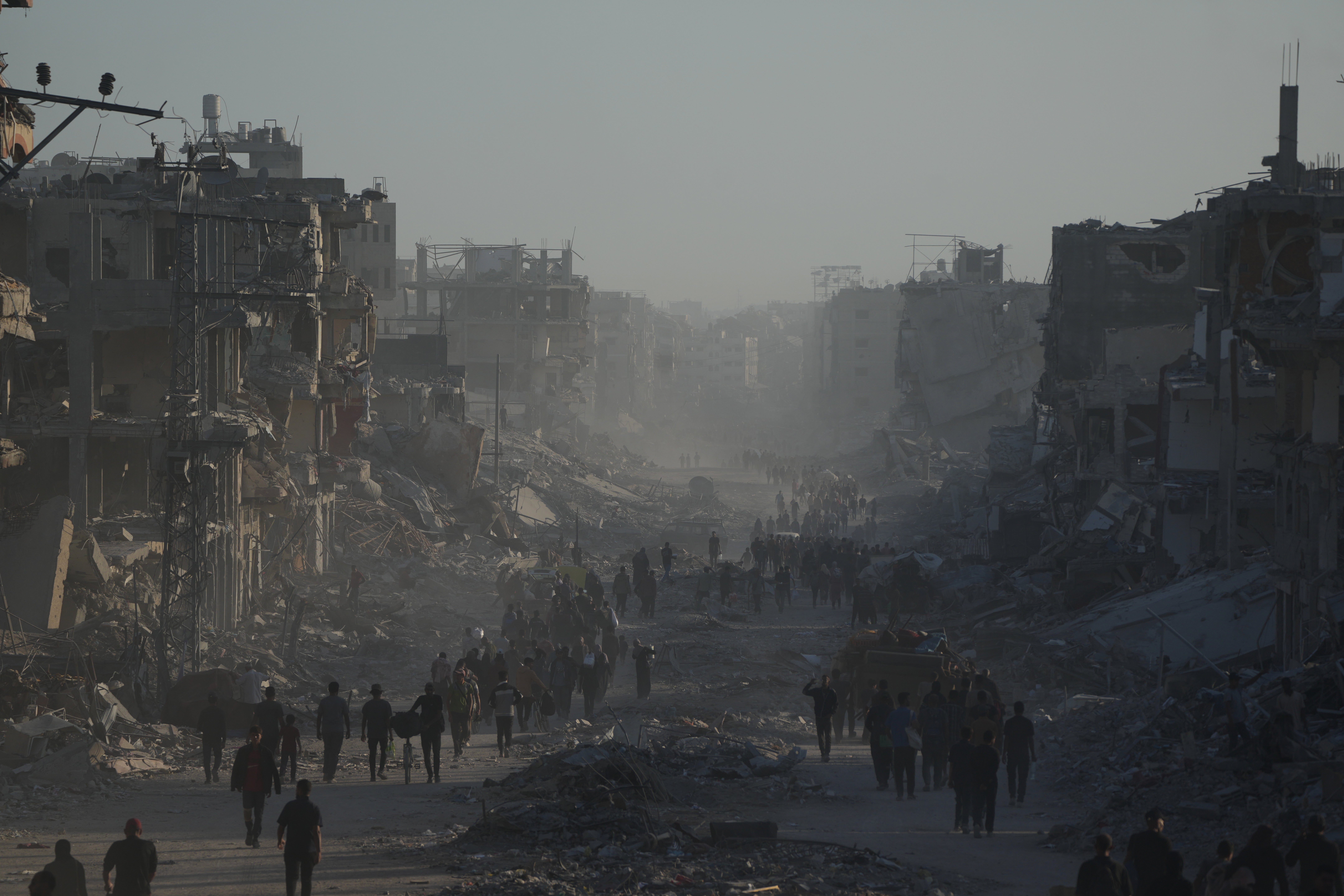
In the two years since then, Palestinian health officials say that over 67,000 people have been killed, including thousands of children. The level of slaughter is so high that a UN commission of inquiry concluded last month that Israel has committed genocide in Gaza – an accusation that Israel vehemently denies.
Now there is a glimmer of hope. US president Donald Trump announced a peace deal this week, heralding it as a “momentous breakthrough” that will bring “lasting peace, hopefully an everlasting peace... in the Middle East”.
The first phase of it, a ceasefire deal, came into effect at noon Friday.
Under the terms agreed by all sides, Hamas are required to release all 48 of the remaining hostages and captives, both dead and alive, in a 72-hour window which reportedly expires at midday on Monday. In tandem, nearly 2,000 Palestinians in Israeli prisons will be released, among them some serving life sentences and some arrested since the October 2023 conflict began.
During this process, Israeli forces have withdrawn to what is called the “yellow line”, which is several kilometres into Gaza. Israeli government spokesperson Shosh Bedrosian said this would leave Israel still controlling 53 per cent of the enclave.
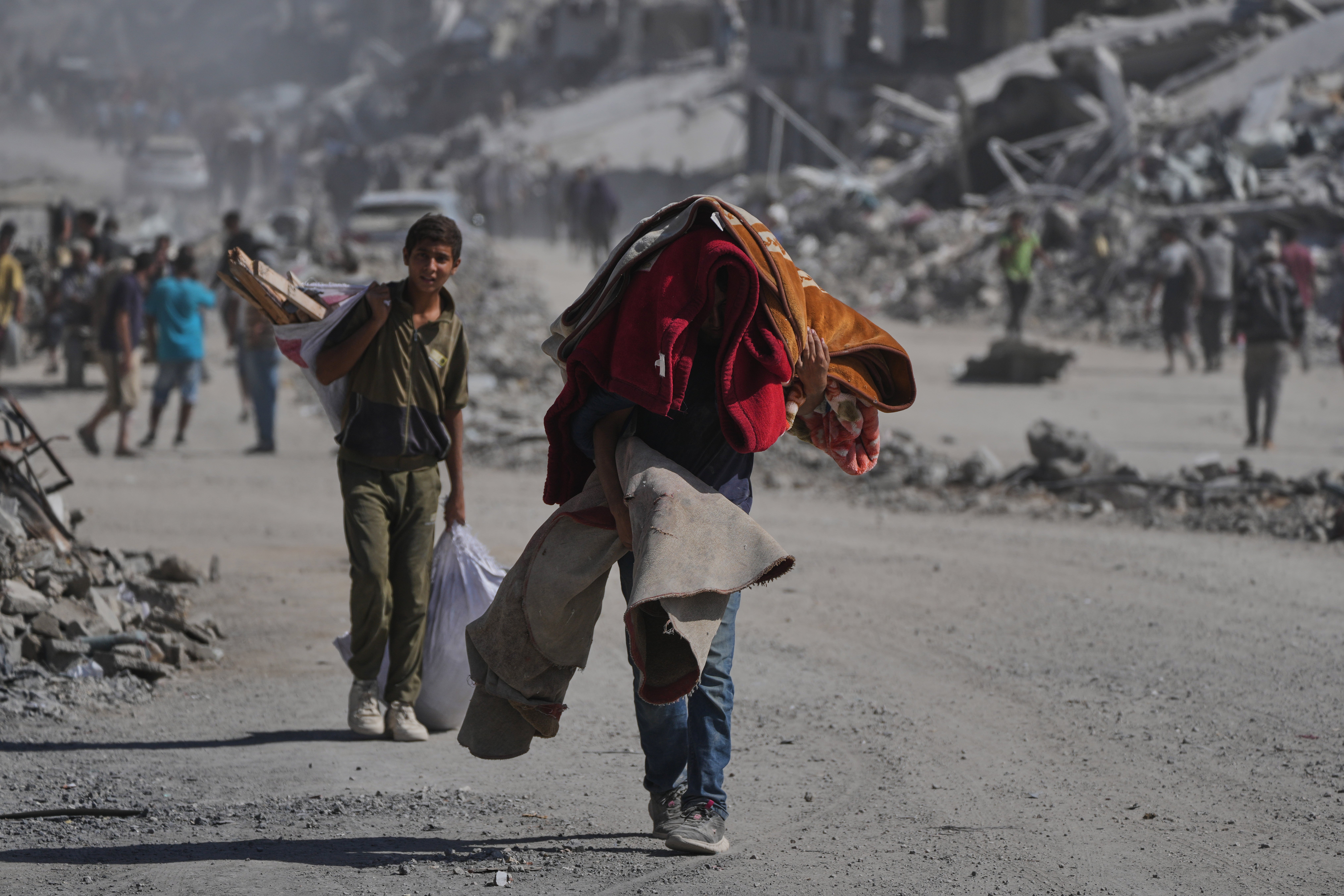
There will also be a massive spike in badly needed aid to Gaza, where the UN-backed global hunger monitor said earlier this year famine has unfolded.
As the deal started, tens of thousands of civilians forced to flee south started the long journey north to their homes – many on foot. The UN estimates more than 90 per cent of the 2.3 million-strong population are displaced.
Among them is Abdallah Sharshara, 37, who says he walked 27 kilometres through destruction to find his house. Along the way he described seeing a donkey cart that had been bombed earlier, killing an entire family who had tried to make the same journey just before him.
“Tank tracks were clearly visible on the road. It seemed the bulldozers had swept away the bodies and buried them under mounds of dirt, as evidenced by the lingering stench of death,” he tells The Independent.
Abdallah says the destruction is so great, it has actually altered the horizon, so from his street he is able to see for the first time the hills inside Israel because so much has been flattened. He also found his apartment in north Gaza destroyed and uninhabitable, the surrounding streets obliterated by bulldozers, and that his father’s home had been turned into an Israeli field command centre.
The flat was littered with spent ammunition, and there was Hebrew graffiti covering the walls, he said.
“On the living room table were the remains of sausages, bacon, and sweets. I haven’t eaten proper food for two years due to starvation,” he said.
The widespread hunger and sickness and the massive number of injuries is of immediate concern.
Tom Fletcher, the UN’s humanitarian chief, says UN agencies have 170,000 metric tonnes of food, medicine and other supplies in place, ready to go into Gaza. He said the first step was getting hundreds of trucks of aid in every day. Many fear that will be a logistical challenge if Israel continues to impose restrictions and given the level of destruction in the strip.
“We will scale up the provision of food across Gaza to reach 2.1 million people who need food aid and around 500,000 people who need nutrition. Famine must be reverted in areas where it has taken hold and prevented in others,” he said.
Walaa Al-Din Karajah, director of Gaza-based charity the Development Forum, said their estimates show they need at least 1,000 trucks a day of all supplies, including shelter materials, medicines, and drinking water to meet the needs.
“My fear for the coming period is that this agreement will be temporary, that the ceasefire will collapse, and that we will return to killing, destruction, and starvation,” she said.
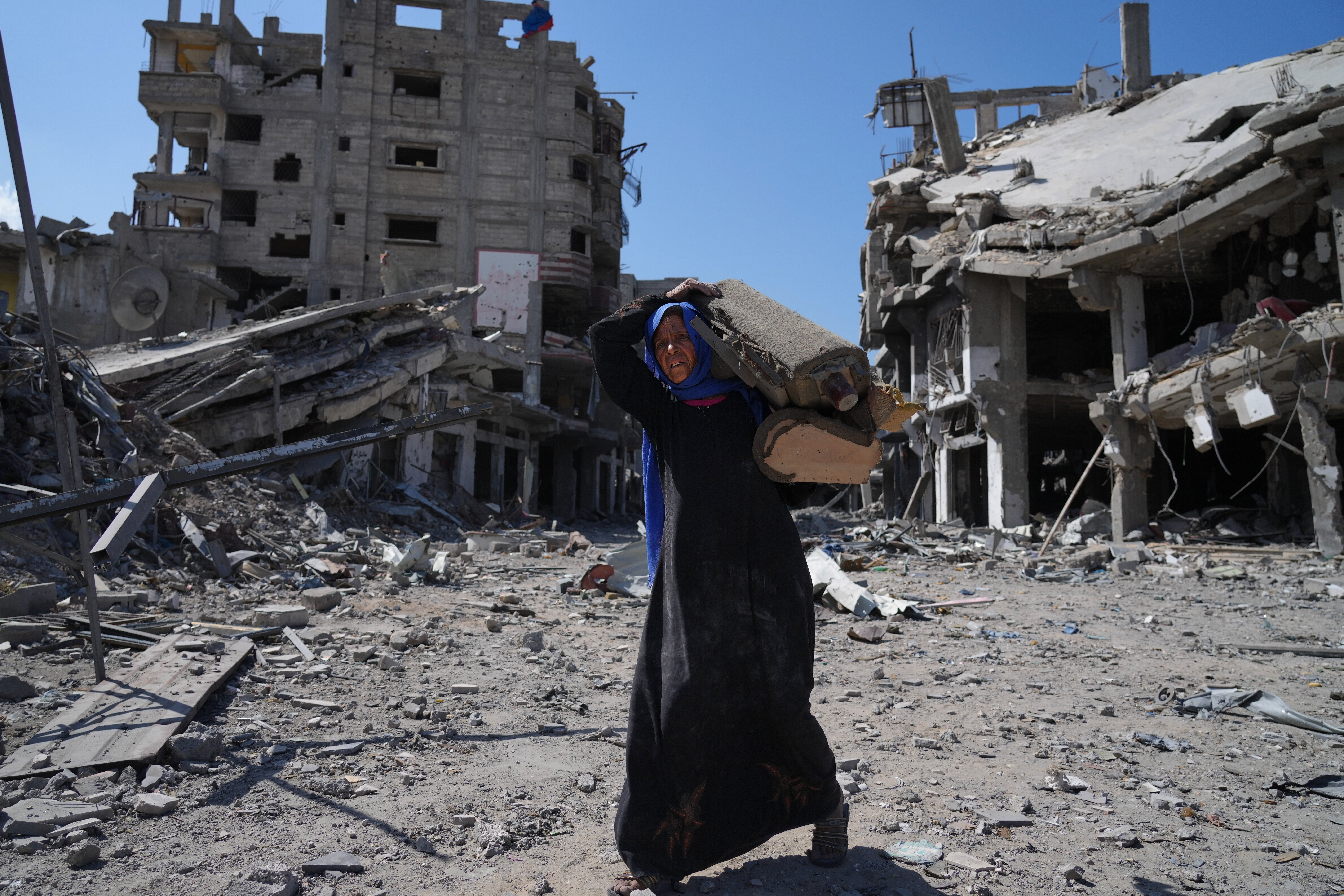
Another concern is the critically injured and sick inside Gaza. The World Health Organisation (WHO) said the healthcare system has been “shattered” by two years of war.
Richard Peeperkorn, the WHO representative in the occupied Palestinian territory, said they will start by scaling up delivery of medical supplies but the burden will not “ease overnight”.
He called for unimpeded access across Gaza and unhindered entry of medical supplies through all routes, and crucially the resumption of medical evacuations from Gaza to the West Bank, including East Jerusalem, that was possible before the war. That is the only way to effectively tackle the massive backlog of critically injured and sick patients on the medical evacuation list in Gaza.
Dr Bassam Zaqout, director of the Palestinian Medical Relief Society, says they estimate as many as 15,000 patients were on the evacuation lists, among them 4,000 children. But even that was complicated.
“These issues all need to be re-evaluated, as they have been out of treatment for a long time, or were receiving treatments based on what was available,” he says.
He also worries that the ceasefire will not be permanent and that Israel will continue a partial blockade, strangling their ability to respond to the massive medical crisis.
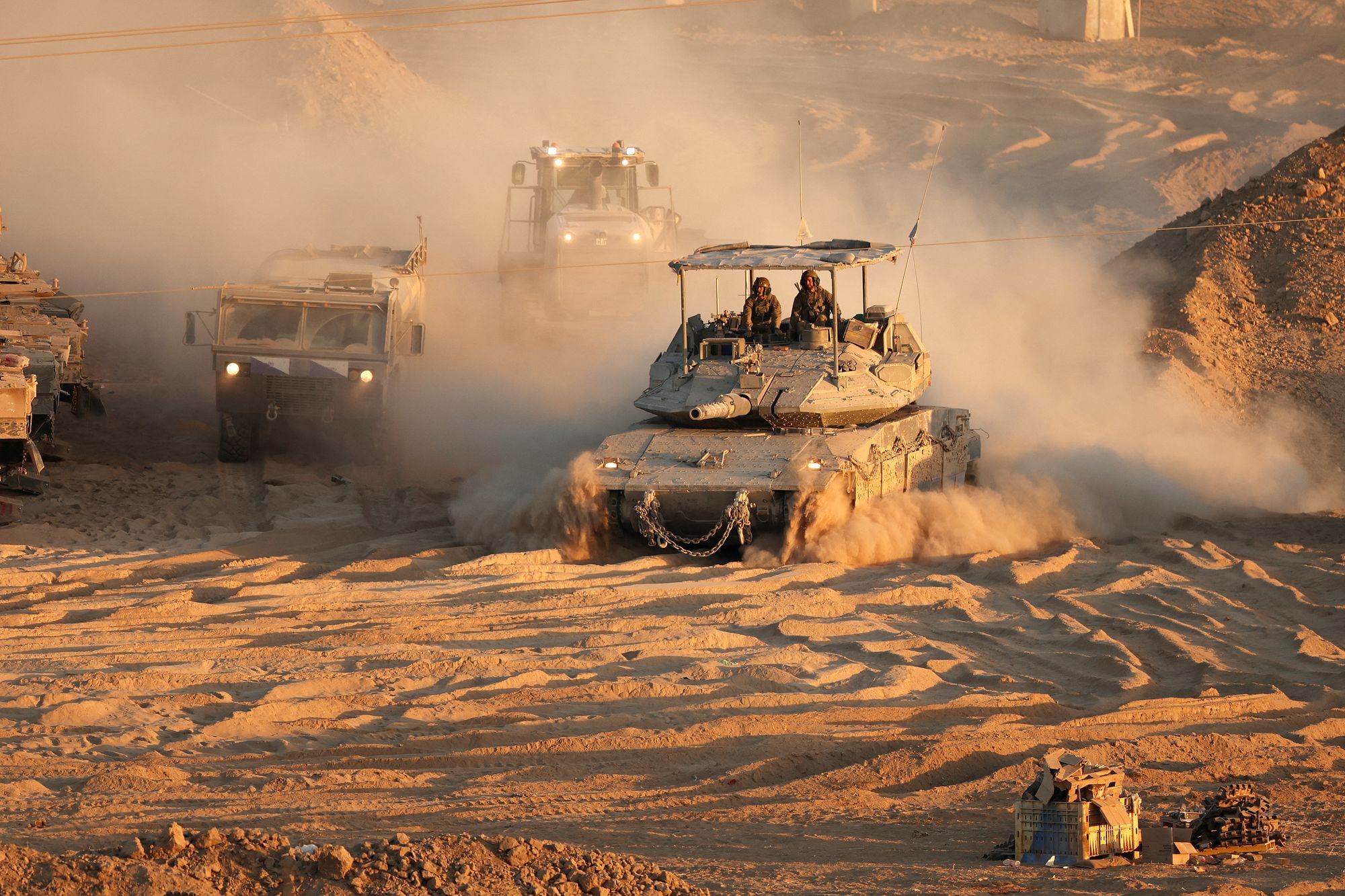
Tamara al-Rifae, spokesperson for the UN’s Palestinian refugee agency, said that another issue is that the UNRWA is still banned by Israel, despite being the largest aid agency operating in the strip with 12,000 staff still in Gaza and working.
“UNRWA is the only agency with the kind of infrastructure that can absorb an influx of supplies,” she said.
For the civilians who have survived the assault on Gaza, who had hoped the ceasefire would mean they would finally be able to go home, the pause in fighting has only given them space to think about the bleak future.
Said explained that the destruction in Beit Lahia was so great he had to return back to his tent in the south again, adding: “The destruction was massive. Nothing remained of our neighbourhood, the city of Beit Lahia, or anything of the surrounding area.
“The scenes of devastation stretched left and right. We decided to return south because the area is empty. It is devoid of life.”
Israel denies UK played ‘key role’ securing Gaza ceasefire
Trump arrives in Israel to lavish reception after declaring ‘war is over’ in Gaza
From a hilltop village and across Israel: Tears of joy as the living hostages are returned
Watch live: Hostages released as Trump lands in Israel
Gaza latest: Trump lands in Israel after first seven hostages handed over by Hamas

